The Turning Principle Of Rail Electric Transfer Cart
There are many ways for rail transfer carts to turn, which mainly depends on their design and structure. The following are some common ways of turning:
Turning Wheel Turning
Principle: Similar to the front wheels of ordinary automobile, railroad transfer cart can be equipped with steering wheels to change the direction of travel of rail transporter trolley. The operator manipulates the steering wheels to adjust their direction so that materials cart can turn on the track.
Advantages: Flexible steering, suitable for a variety of turning scenarios.
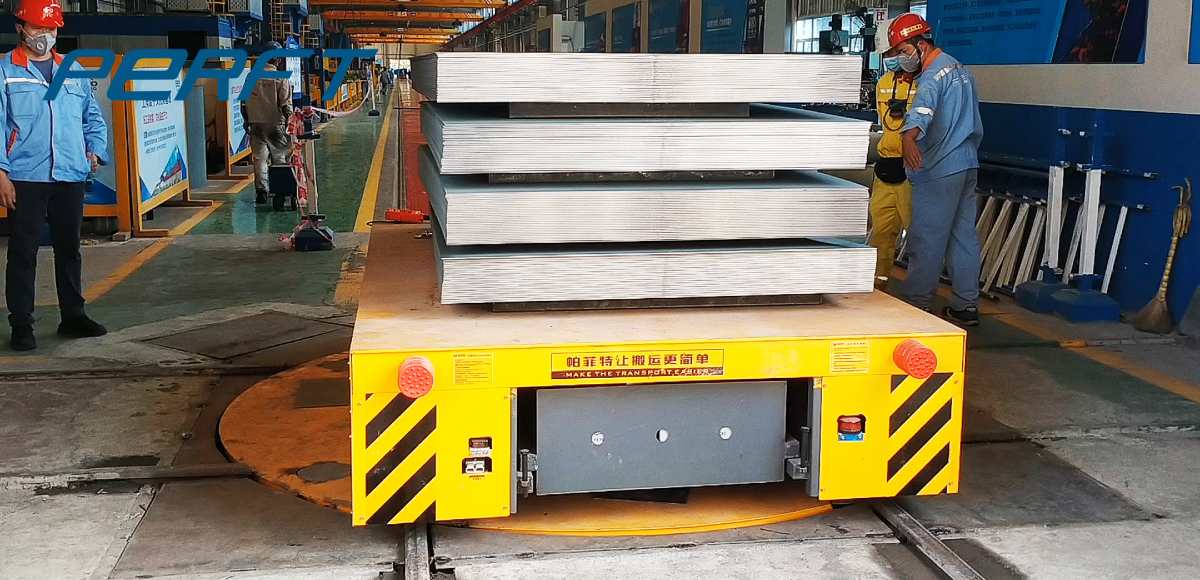
Eccentric Wheel Steering
Principle: Eccentric wheels are a pair of wheels on both sides of electric rail cart, and their positions can be adjusted or tilted. By adjusting the position of the eccentric wheels, different speed differences are generated when turning, thereby achieving the turning of electric trolley.
Features: Utilizing the speed difference to realize turning requires precise control and adjustment.
Wheel Axle Steering
Principle: The wheel axles of some heavy duty industrial cart can rotate within a certain angle range so that rail transfer trolley can change the angle of the wheel axle as needed when turning to achieve turning operations.
Applicable scenarios: Suitable for occasions that require large angle turns or special tracks.
Curved Track
Principle: On some occasions, specially designed curved tracks can also be used to achieve the turning of rail industrial carts. These curved tracks are designed according to the trajectory of transfer cart, so that die cart can turn smoothly.
Advantages: There is no need to make special modifications to rail electric cart, following the designed curved track.
5 Ton Rail Guided Electric Trolly Video
5 ton rail transfer cart shown in the video is transporting tank materials. It can transport on straight rails and turn on the rails, bringing more convenience to production and transportation.
Intelligent Turning Technology
With the development of science and technology, rail guided vehicle also adopt intelligent turning technology, which mainly involves navigation and positioning, path planning, control technology, and sensor technology.
Navigation and positioning: Use magnetic navigation, laser navigation, inertial navigation, and other technologies to determine the position and direction of mold transfer cart during driving.
Path planning: through AI search algorithm, Dijkstra algorithm, and other path planning algorithms, combined with the actual operating environment of materials cart, to determine the optimal turning path.
Control technology: Convert the results of path planning into actual driving instructions, to control the turning process of rail transfer cart. Common control technologies include PID control, fuzzy control, etc.
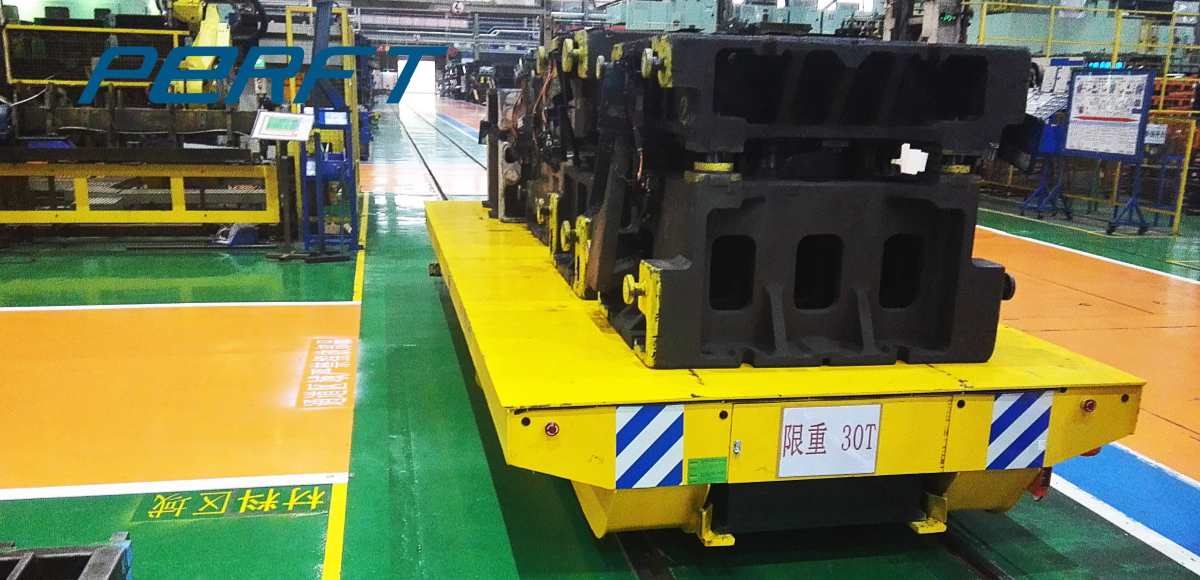
Sensor technology: Real-time monitoring of the internal and external status of electric trolleys to provide data support for intelligent turning. Commonly used sensors include lidar, camera, gyroscope, etc.
To sum up, there are many ways for rail transfer carts to turn, including traditional mechanical turning methods and modern intelligent turning technologies. In practical applications, you can choose the appropriate turning method according to the specific needs and scenes.
The application scenarios of rail electric transfer trolleys are very wide, and the demand for rail transfer cart is also increasing. In order to achieve more efficient and safer transportation, Henan Perfect Handling Equipment Co., Ltd has continuously made breakthroughs in RGV technologies. The application of these new technologies has also brought more convenience and benefits to the logistics and transportation industry.
Back to List
-
上午10:58Rail Transfer Cart For High-Precision Materials
-
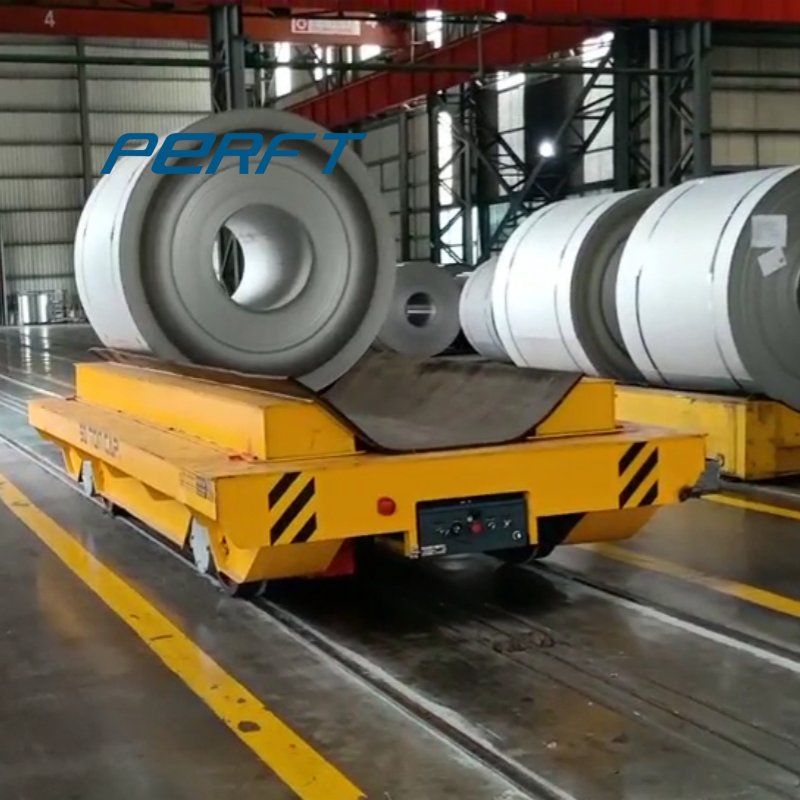 上午8:17Coil Transfer Cart: Battery Powered Or Cable Powered
上午8:17Coil Transfer Cart: Battery Powered Or Cable Powered -
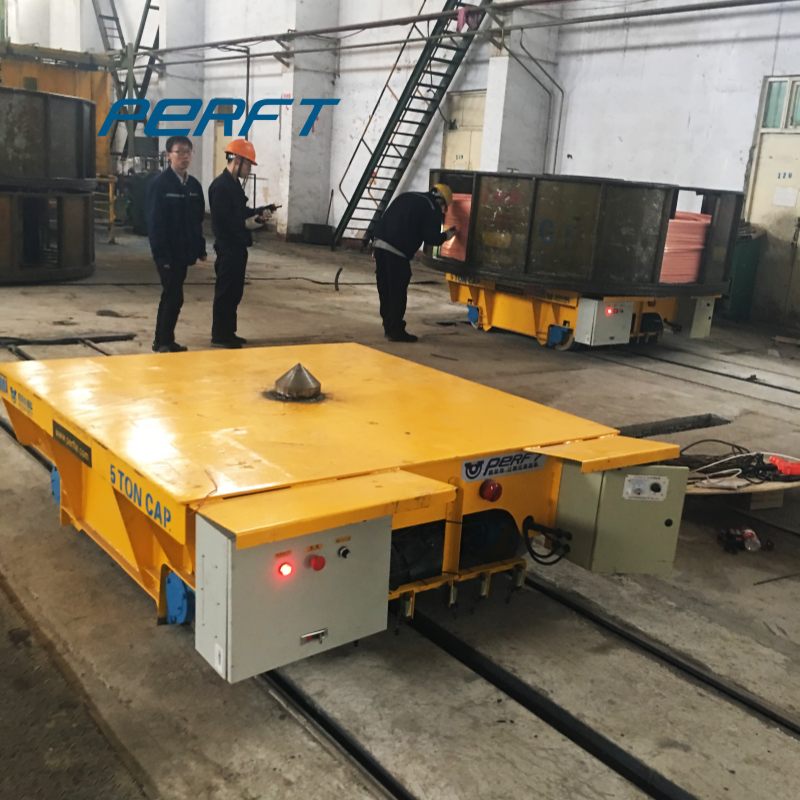 上午11:09Industrial Rail Trolley Multi-Station Auto Dispatch
上午11:09Industrial Rail Trolley Multi-Station Auto Dispatch -
 下午3:29Why Rail Transfer Solutions Are Preferred In Metallurgical And Casting Operations
下午3:29Why Rail Transfer Solutions Are Preferred In Metallurgical And Casting Operations -
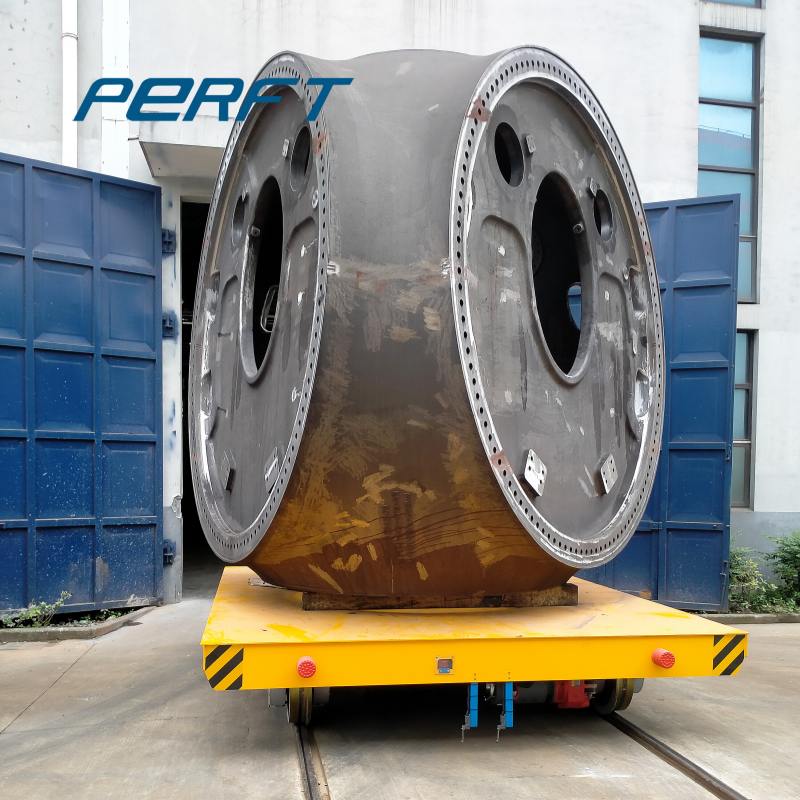 下午3:29Rail VS Trackless Transfer Cart: Best Choice for Spraying Line?
下午3:29Rail VS Trackless Transfer Cart: Best Choice for Spraying Line?

